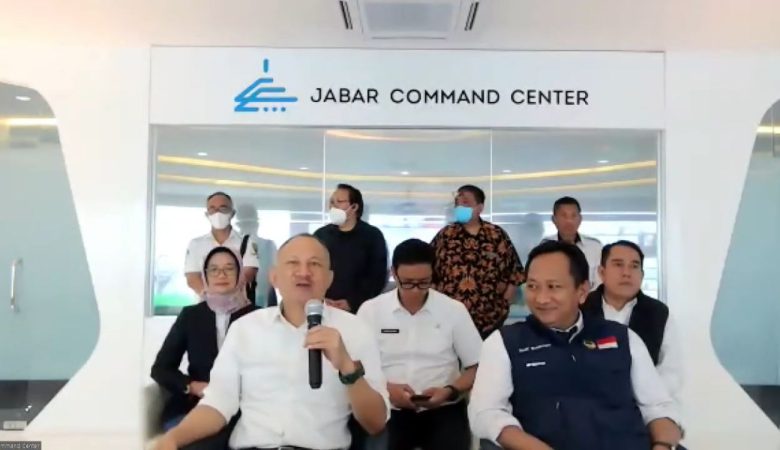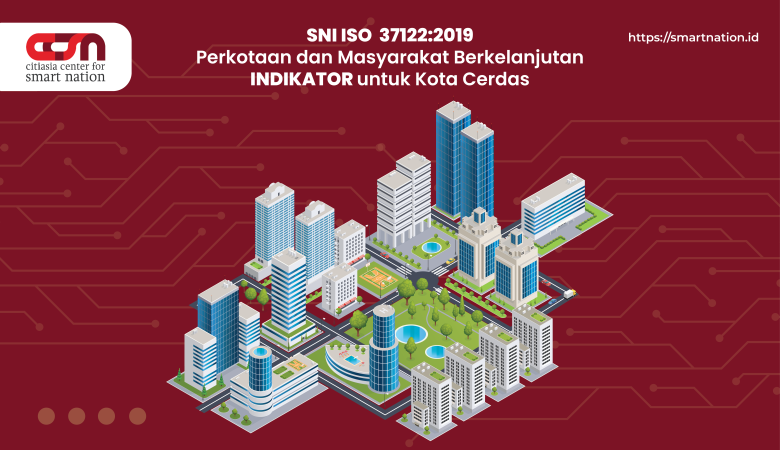
According to Frost & Sullivan’s analysis, 5G will enhance virtual and augmented reality technologies for public sector applications such as disaster risk mitigation and staff training. Virtual reality and augmented reality have invaded the real estate industry in the last few years and have been a devastating force in the sale of residential real estate, and many are wondering what they are thinking next. We have some new and interesting possibilities for future use of virtual reality in urban planning, as well as visible visualization of individual developments, as well as such technologies for future sustainable and intelligent cities.
Well-known for its success in the gaming world, virtual reality (VR) is increasingly being used to revitalize a variety of industries, including aerospace, healthcare, education, and current city planning. Cities become smarter and more complex as the population continues to grow and the burden on public services increases. VR provides urban planners as knights of shining armor, visualizing future projects and their infrastructure and environmental impact.
More importantly, the industry is heavily funded for development and innovation. The larger augmented reality / virtual reality market is expected to well exceed $ 100 billion by 2020. Collaboration between these markets is inevitable as PropTech will be an important growth sector in the coming years.

But how much can VR impact? Will you see a room shortly where planning lawyers, consultants, and inspectors are wearing headsets? Visualization techniques have long been used to inform the design process and improve the level of communication between end-users (ie, the general public) and decision-makers (ie, policymakers and planning authorities). Augmented Reality and Virtual Reality (a digital tool that overlays real-world (AR) images or guides users to an artificial digital experience (VR)) is a consumer’s form of Pokemon games, Snapchat lenses, headphones, and more. It stimulated the world. However, AR and VR are also practical for the city government. With the ability to provide real-time data, attract users, and simulate real-world experiences in great detail, AR and VR have great potential to transform the interaction of government services and citizens. Here are some of the most compelling uses:
- Policing: Equipped with an AR system that provides environmental details, police officers can prepare for dangerous situations. For example, when approaching a house after reporting a shooting, police officers have access to data such as a 3D model of the building, past arrests at an address, and previous 311 reports of dangerous situations.
- Emergency Management: Just as increased data visualization has improved awareness of emergencies, AR can improve knowledge of surrounding emergency services to help people in need. increase. Residents can mark their location on an interactive map. This map will be distributed to paramedics, who will show the safest evacuation routes and identify particularly dangerous areas.
- Asset Management and Public Works: DPW employees with displays highlighting the condition of urban assets and the existence of dangerous conditions can carry out repair and construction projects more efficiently and safely. Knowing the surroundings (for example, the ceiling has not been replaced since 1980 and may contain asbestos) is essential for worker safety.
- Digital Services: Instead of forcing residents to fill out static digital forms to claim services, AR and VR can provide users with an interactive experience that guides the application process. This type of technology can be used to reduce errors from residents, get service faster, and create more comfortable interactions with government citizens.
- Culture and Tourism: AR can change the visitor’s experience at city landmarks by providing additional images and historical or cultural details. The French city of Cluny installed an augmented reality screen in a historic monastery to show what a medieval parish looked like. Other cities could use similar technology to highlight their historic past.
- Mental Health Services: Recent studies show that AR and VR are very likely to treat mental health problems such as anxiety and PTSD, providing users with an opportunity to manage their fears with exposure therapy. VR simulations also help residents practice job interviews with PTSD and learn to manage symptoms in high-stress environments. By equipping social workers with these tools, cities can improve their mental health care.
- Education: Augmented reality and virtual reality have the potential to attract more students into the classroom and create a more engaging and exciting classroom experience. VR allows students in medical facilities and undeveloped rural areas to attend lessons much more extensively and extensively than traditional online classes. AR and VR allow teachers to create an immersive learning environment where students can explore unfamiliar parts of the ocean floor and the world. By funding this type of technology in public schools, cities can make schools more inclusive and attractive.
- City Planning: By creating AR and VR models for new construction projects, cities can better understand how new works fit into existing cityscapes and raise investor interest. There is sex. By making these models available to residents and local businesses, cities can get feedback on their plans.
- Training: Augmented reality and virtual reality have the potential to revolutionize the training of urban workers in any discipline to date, with the ability to recreate real-world experiences with high levels of detail. The ability to simulate situations that are too dangerous or difficult to reproduce in the real world is especially valuable. Imagine police officers conducting virtual drug investigations, rescue workers rescuing elderly and immobile residents, and DPW employees simulating how to respond to workplace injuries.
5G will enable new media interactions, such as Augmented Reality (AR) and Virtual Reality (VR) content and applications, as well as cloud gaming delivered over 5G. AR, VR, and cloud gaming are not new concepts, but 5G has the potential to bring them to a wider audience. The creation of volumetric 3D content and an ecosystem to manage that type of content will be required to realize this market potential fully. Augmented reality will create a new way for people to connect with media through virtual items, virtual characters, and augmented contextual information. 5G will enable augmented and virtual reality applications with total revenue of more than $140 billion. In combination with Advanced VR features, 5G with responsive haptic suits New sensational aspects of media consumption such as touch and feel. Cloud game We are at the forefront of innovation utilizing 5G. There will be over 90 AR games. erase Percentage of 5G AR revenue, totaling $ 35.7 billion worldwide. In addition, there are mobile cloud games that Benefit from high-resolution real-time streaming and quick response. Until 2028 in total Revenue of 5G mobile games including AR and cloud games $ 100 billion.
Author: Diva Maharani | Illustrator: Akbar Nugroho









Leave a Reply